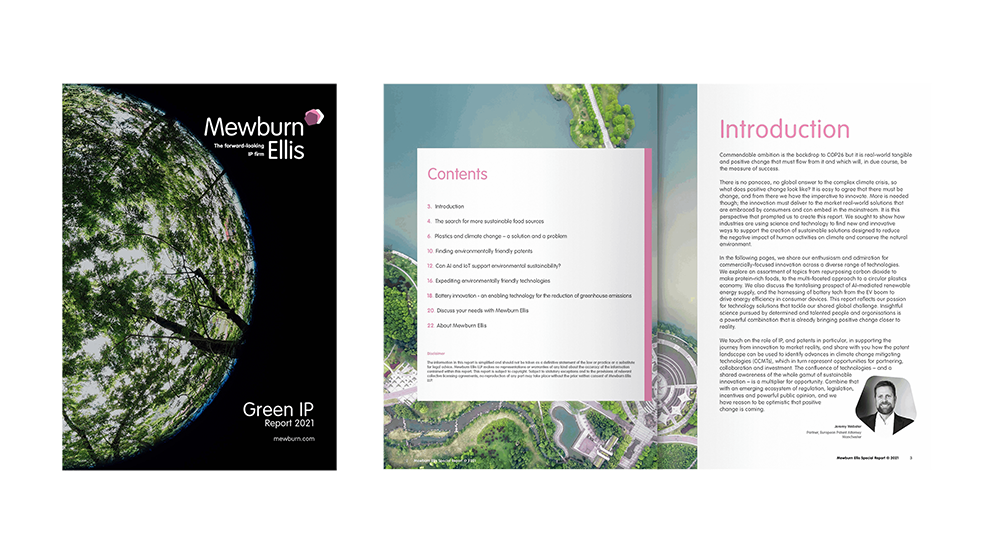All chemical reactions are processes, and many tend to form part of a larger overall industrial or commercial process involving a complex array of unit operations.
In many cases an invention focuses on optimising part of an existing chemical process or developing an entirely new process for generating well-known products. Capturing these types of development with strong IP is often overlooked but should be a crucial part of an overall IP strategy for businesses in this sector.
A new process could be more efficient, simpler, offer a higher yield or generate a lower quantity of toxic or unwanted by-products. In other cases it may simply offer the industry a useful alternative way to manufacture a chemical, providing the market with a valuable choice. Either way, new chemical processes are eligible for patent protection. Additionally, in Europe patents for processes also extend to direct products of the claimed process, by virtue of Article 64 of the European Patent Convention.
Our chemistry experts are highly skilled in determining what sets a new process apart from the rest and identifying valuable IP. We have a wealth of technical knowledge in this area which stretches all the way from simple synthetic processes for the preparation of small molecules all the way up to large industrial processes involving complex arrangements of unit operations, for example for the production of agrochemicals, food products and petrochemicals, including polymers.
The chemistry patent team includes a large number of highly skilled and talented IP attorneys, all with strong chemistry backgrounds (many with PhDs) and a good understanding of chemical industries. Some have first-hand chemical industry experience.
We can help you obtain, enforce and defend process patents. We can also advise on competitors’ IP and on how to mitigate any risks associated therewith. The team has considerable expertise in opposition & appeals before the European Patent Office, both defending patents granted to our clients and opposing patents granted to our clients’ competitors.











